How to drink latte coffee is not humiliating. Which is better to drink latte, iced latte or hot latte?
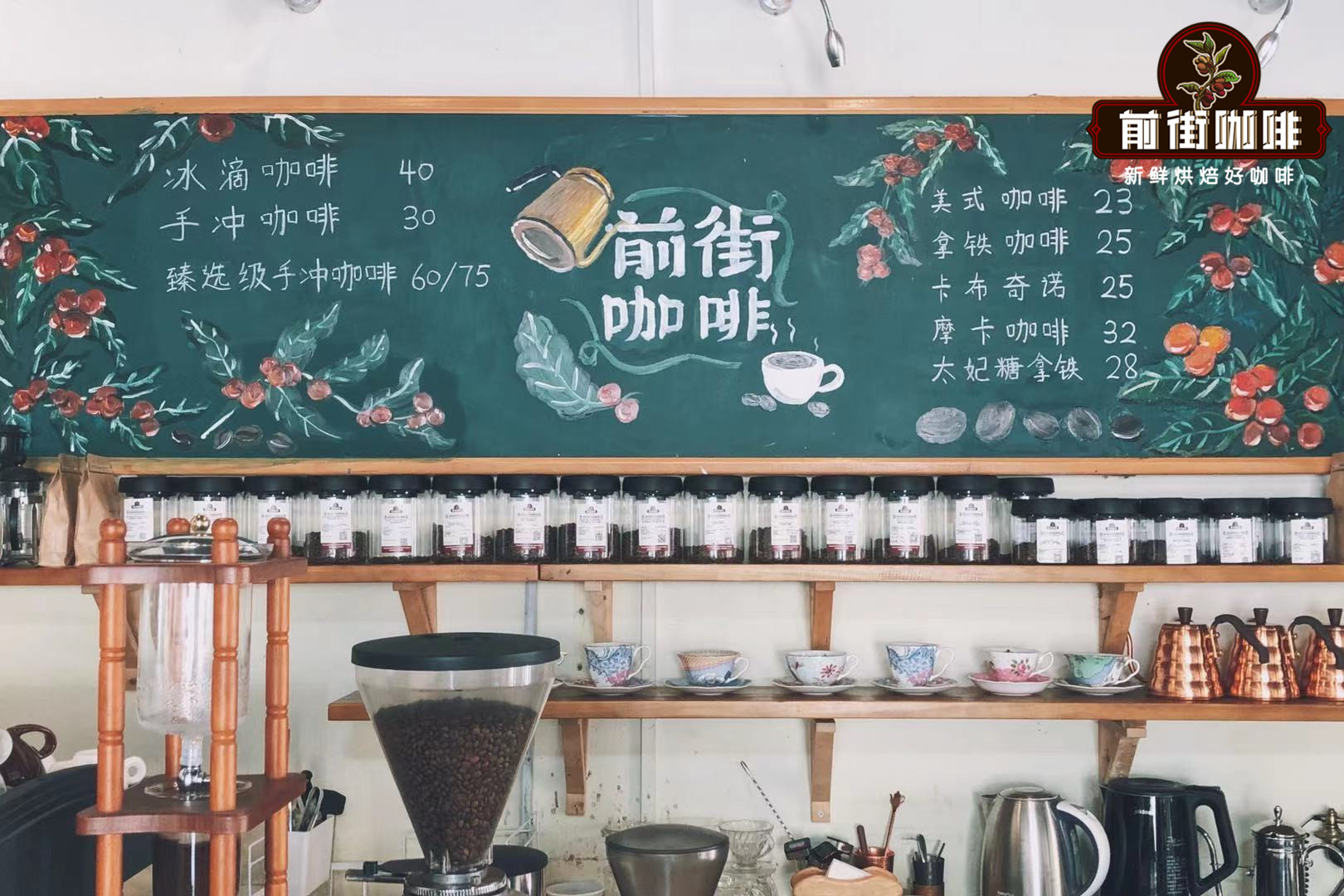
Professional coffee knowledge exchange more coffee bean information please follow the coffee workshop (Wechat official account cafe_style)
Among the many choices of espresso, if someone asks which espresso has the highest milk content, Qianjie coffee will answer latte, and latte is divided into iced latte and hot latte, their practices are slightly different, but the formula is the same, then this article will popularize the science about whether the latte is cold or hot and the proportion of latte.
The origin of latte coffee
According to Qianjie Coffee, lattes appeared much earlier than espresso. Since the 17th century, Europeans have been mixing coffee and milk, especially Italians. The concept of espresso comes from Italy.
For example, William Dean Howells (William Dean Howells) first used the word "coffee latte" in his 1867 paper Journey to Italy. At this point in history, coffee began to cause a sensation all over the world, but since the espresso machine has not yet been invented, the brewing method is still very primitive.
Latte is actually the transliteration of Italian "Latte", meaning milk, so if you order a latte in Italian coffee beans, you may get a glass of milk. So latte actually means milk coffee in Italy. And with the advent of the Italian coffee machine, the steam bar has become the standard part of the concentrator, which can easily heat milk on the coffee machine, and modern lattes are also taking shape. So much so that in the 1980s, baristas from Seattle, Washington, began to "color" with rich milk, which was the prototype of the flower.
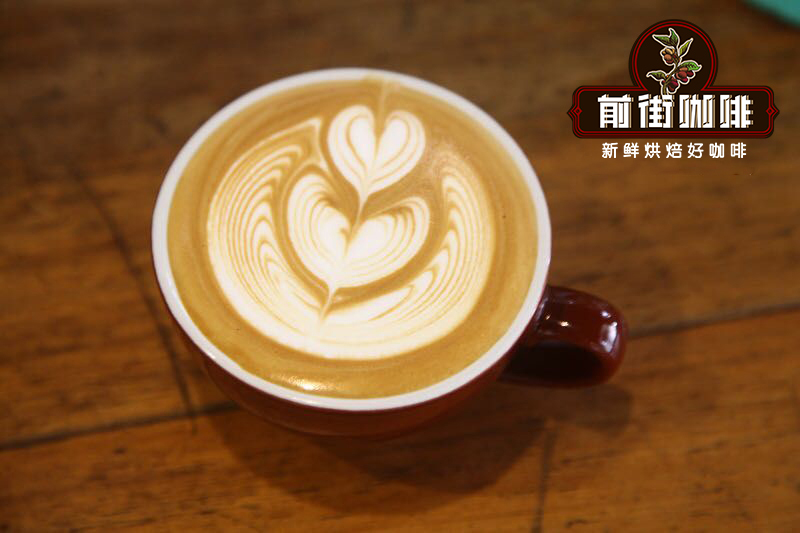
And because each coffee shop uses different flavor of Italian mixed beans and different models of Italian coffee machine, there are slight differences in the ratio of milk to coffee, beans and extraction parameters of latte in each shop. But in general, a latte is a coffee drink with a large amount of milk mixed with espresso. The latte flavor made by different coffee beans will also be different, and the latte flavor made by different milk is also different, even through the different ratio of coffee to milk.
What kind of coffee beans are used for lattes?
What kind of beans should be used to make latte? Generally speaking, coffee beans that make lattes must be suitable for espresso machines, so lightly roasted coffee is not suitable for making lattes. The deeper the roasted beans, the stronger the latte (caramel, bitter). The shallower the coffee beans, the more obvious the milk taste of the latte. Therefore, the baking degree should be moderate to make coffee and milk more compatible.
Because the Italian coffee machine has a very distinct feature is that it will enlarge the original flavor of coffee beans, and the acidity of coffee beans roasted lightly will be more prominent, if extracted with an Italian coffee machine, the acid will be more obvious, so it is not suitable for making espresso.
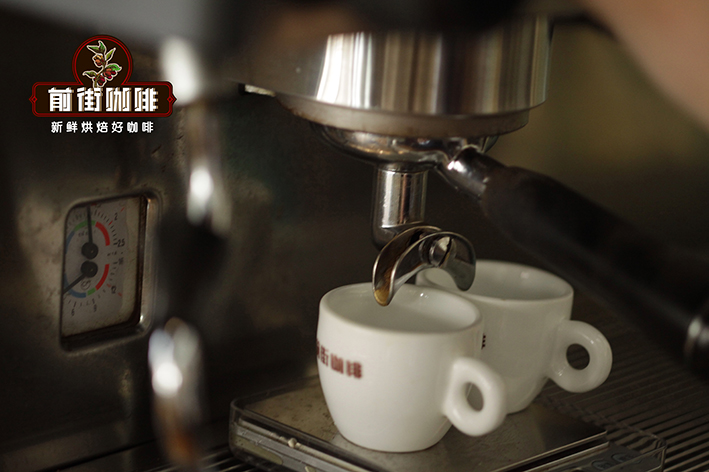
For example, the self-made sunflower warm sun series currently used in Qianjie Coffee is the most proud blend of Qianjie Coffee, which is made of Honduran Shirley Coffee and Yega Shirley Red Cherry Coffee. Blend into the milk to highlight the rich flavor of chocolate, caramel and tipsy.
Next, Qianjie Coffee will introduce the characteristics of this coffee bean.
Qianjie coffee sunflower sunflower mix
Flavor: obvious acidity, light berry aroma, wine aroma, rich chocolate flavor.
Recipe: Honduras Shirley: Yega Red Cherry = 6:4
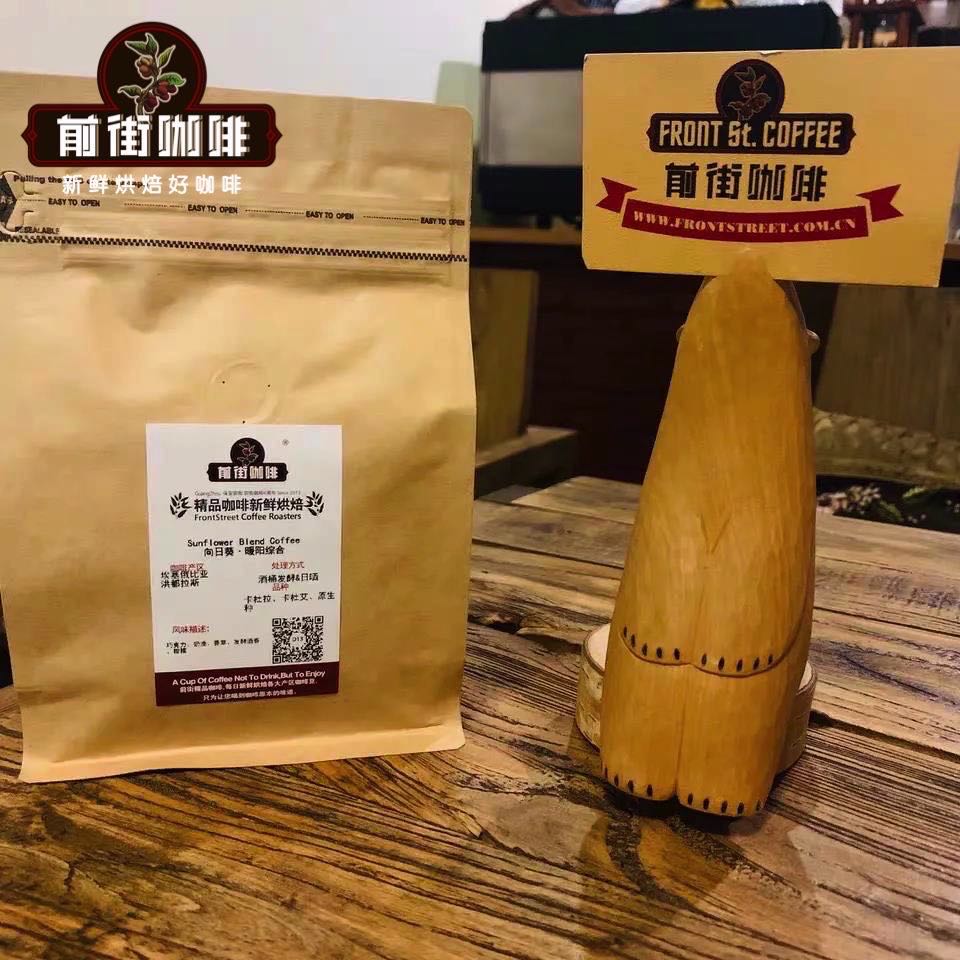
This matching Qianjie is made of Yega Sheffield Sun Red Cherry and Honduran Shirley. Qianjie's design concept for this matching bean is that both Italian style and hand flushing can be used. The flavor emitted when it is used to make espresso has obvious fermented wine aroma, citrus and berry acidity emerge immediately when tasting, with whisky aroma and dark chocolate finish.
Secondly, Qianjie Coffee has also developed three other types of Italian coffee with beans for card issuers to choose, each of which has its own characteristics, just choose according to your favorite flavor.
Qianjie coffee boutique mix
Flavor: soft slightly sour, sweet, nutty, the overall feeling is not too exciting, peaceful, grease belongs to medium.
Recipe: Colombia: Brazil = 3:7
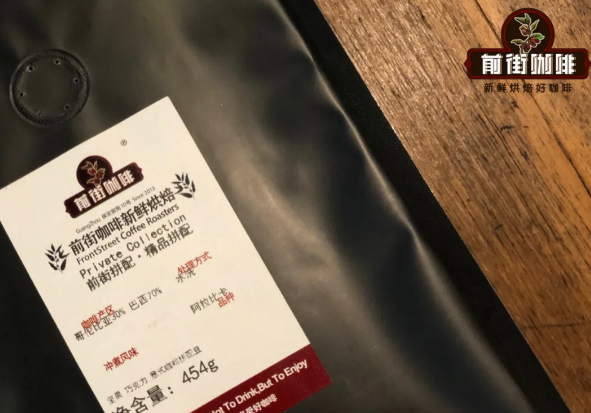
This blend is made in front of Brazil and Colombia, with a hint of baked grass, a slightly bitter fragrance, and a pleasant finish. This is because the coffee beans in the Colombian Cymbidium area have a pleasant sour taste, mellow smell, moderate acidity, rich sweetness and endurance.
It is intriguing that the coffee beans in the Hilado region of Brazil have a comfortable sweet and bitter taste, and the entrance is extremely smooth. So it's a wonderful match.
Commercial blending of coffee in Qianjie
Flavor: caramel sweetness, nutty and cocoa, dark chocolate flavor, sweet and sour balance, a little bittersweet, lingering finish.
Recipe: Colombia: Brazil: Robusta = 3:6:1
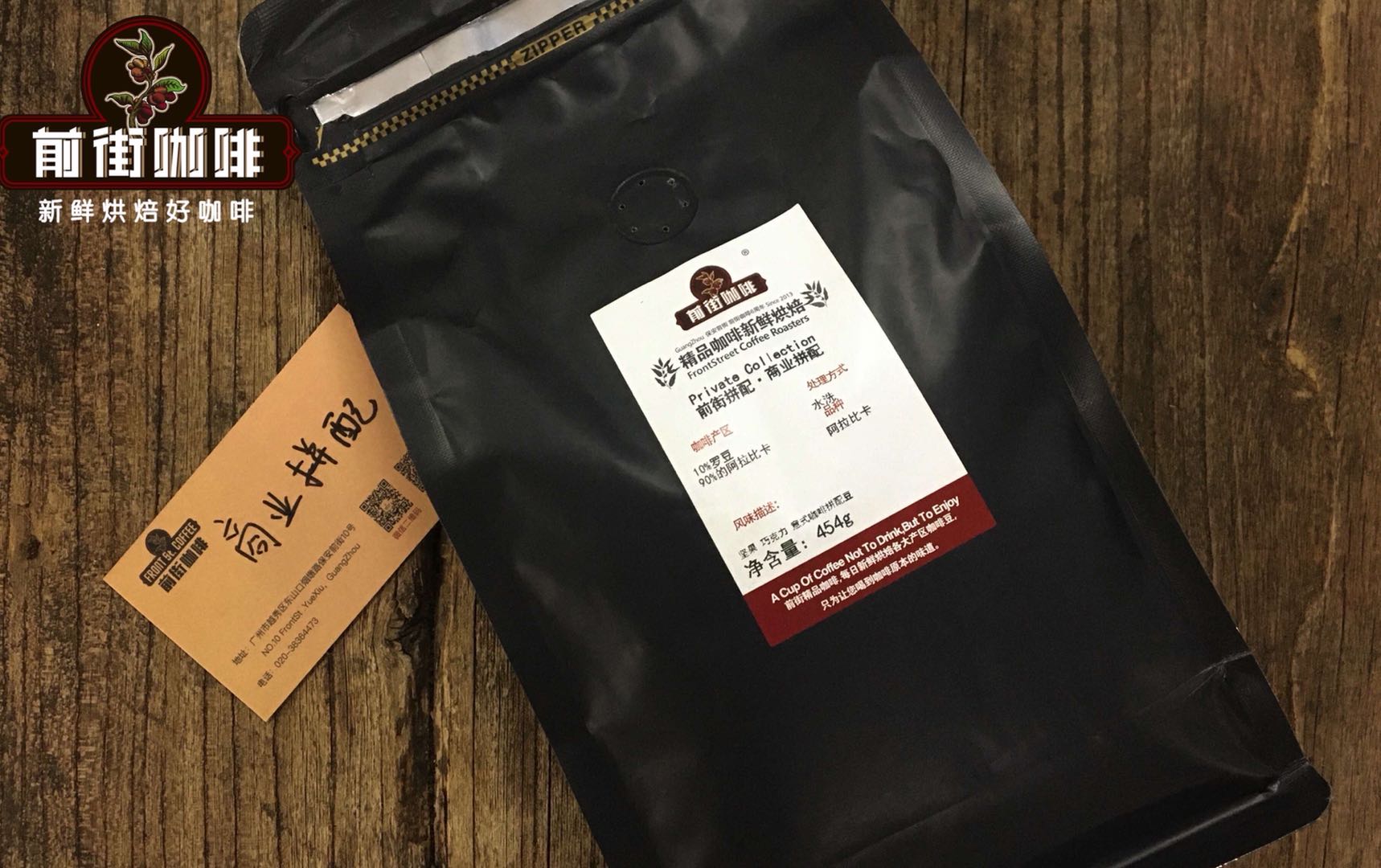
This mix uses Brazilian and Colombian coffee beans and 10% robusta coffee beans in front of the mix. The taste is classic. Qianjie believes that this blend has rich grease and taste and caramel sweetness, with nutty and cocoa flavors, dark chocolate flavor, sweet and sour balance, a little bitterness and a long finish. This commercial blend, like the Qianjie boutique coffee mix, uses Colombian and Brazilian coffee beans, except that Robusta provides rich oil, making the coffee taste more mellow.
Qianjie Coffee basic blending
Flavor: with soft fruit acid, caramel sweetness, nutty, dark chocolate flavor, smooth and sticky, but light.
Recipe: Yunnan: Brazil = 3:7
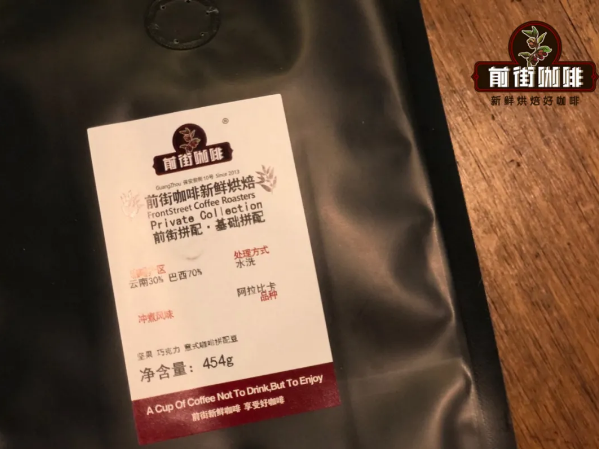
The front street is made up of Brazil and Yunnan. Qianjie thinks it tastes sweet with soft fruit acid and caramel, as well as nutty and dark chocolate, smooth and sticky, but light. This is because the natural conditions of Yunnan are very similar to those of Colombia, with high altitude, great temperature difference between day and night, mellow flavor, moderate sour taste, rich and mellow taste, uniform particles, more oil, and fruity flavor, and its quality and taste is similar to Colombian coffee. But it is still slightly lighter than that in Colombia, while the coffee beans in Brazil's Hilado region have a comfortable sweet and bitter taste and are extremely smooth in entrance. Therefore, the mixed flavor of these two kinds of coffee beans is also good, and this basic combination of coffee beans has a very high performance-to-price ratio, which is suitable for Italian beginners and small coffee shops.
The above are the four espresso beans recommended by Qianjie Coffee. Then Qianjie Coffee will share the proportion of lattes to everyone.
The proportion of lattes
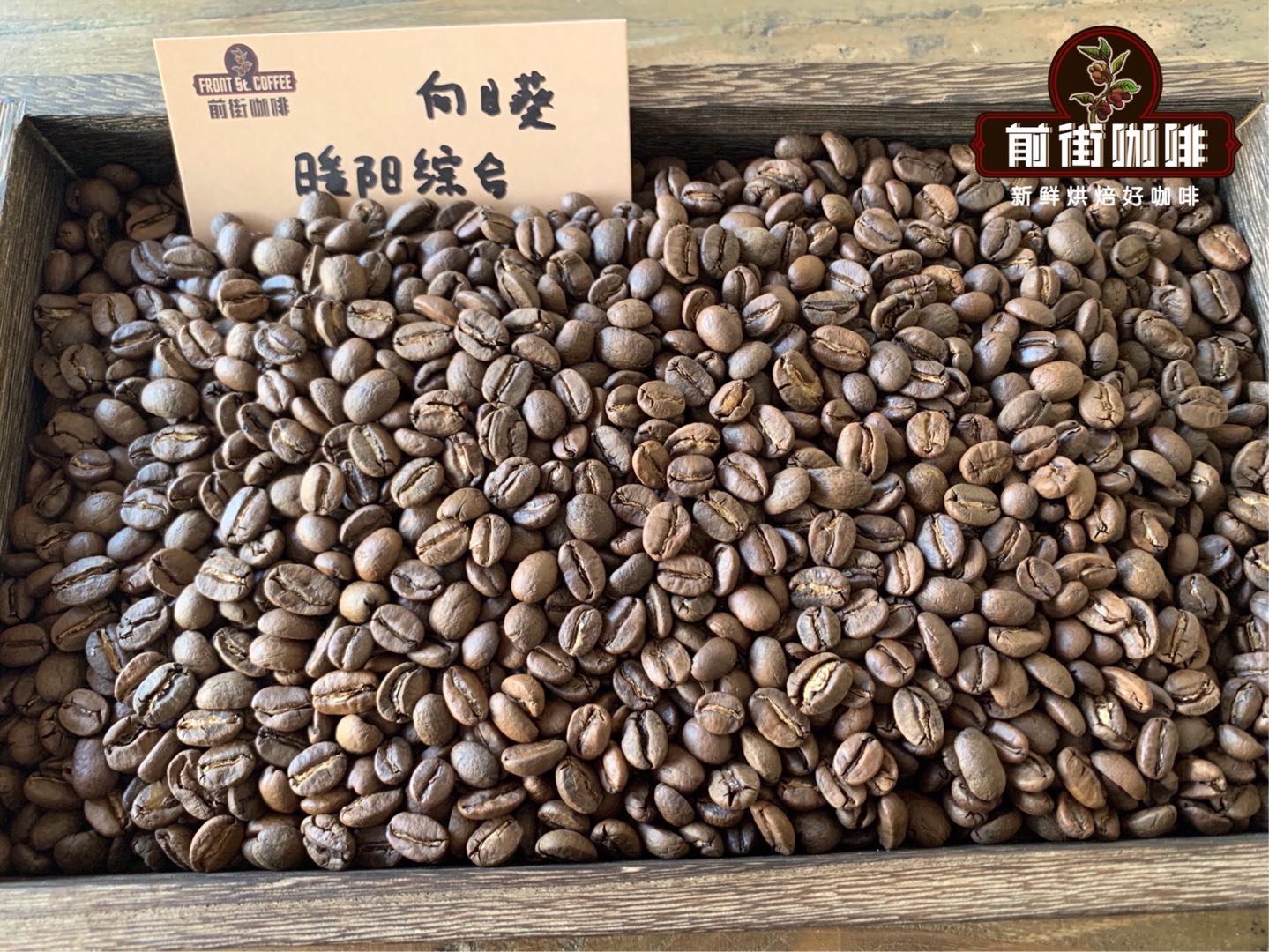
As mentioned above, the coffee shops in Qianjie use sunflower warm Italian coffee with beans. The front street uses Pegasus E98 espresso machine when extracting espresso espresso. The extraction parameters are as follows:
Pressure: 9 bar ±2
Temperature: 90.5 ~ 96 °C
Time: 20: 30 sec
Ratio of powder to water: 1. 7: 1. 1: 2.
Powder content: 12g (single espresso) 20g (double espresso)
Extraction concentration: 20ml (single part) 40ml (double part)
Qianjie lattes are made with double espresso. After extraction, the coffee beans are characterized by obvious acidity, a hint of berry aromas, rich wine and chocolate flavors and a comfortable aftertaste.
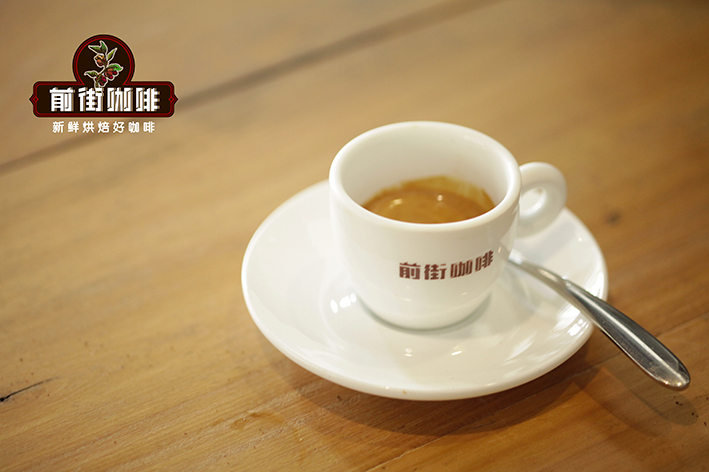
How to make a hot latte?
Milk: full-fat fresh milk (Weiji fresh milk used in front street)
Milk temperature: 50-60 degrees Celsius (too low temperature can not stimulate the development of lactose in milk, too high temperature will destroy the protein in milk and turn it into dregs)
Foam thickness: 1 cm (thinner than 1 cm is made from Australian white coffee, and cappuccino coffee is made from 1 cm thicker foam)
How to get rid of hot latte milk foam?
Foam tips: rinse before the steam switch: let the steam pipe rinse, drain the front end of the moisture, avoid foam too wet (covered with a clean rag, avoid random spray. )
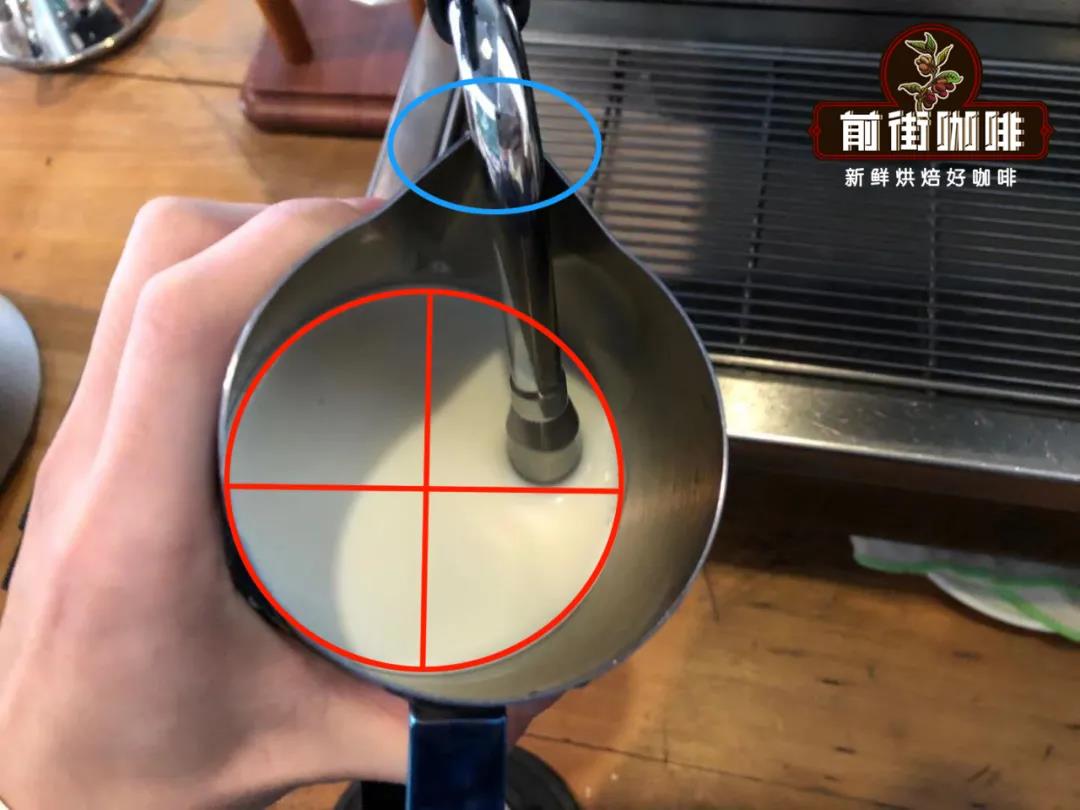
Insert ice milk into the steam pipe: rinse the steam into the milk. Tube depth: if the pipe diameter is inserted too low, it will only be heated to change the milk bubble. on the contrary, if the pipe diameter is inserted too high, it will produce a big bubble, which is not beautiful and can knock flat on the table and burst the bubble. )
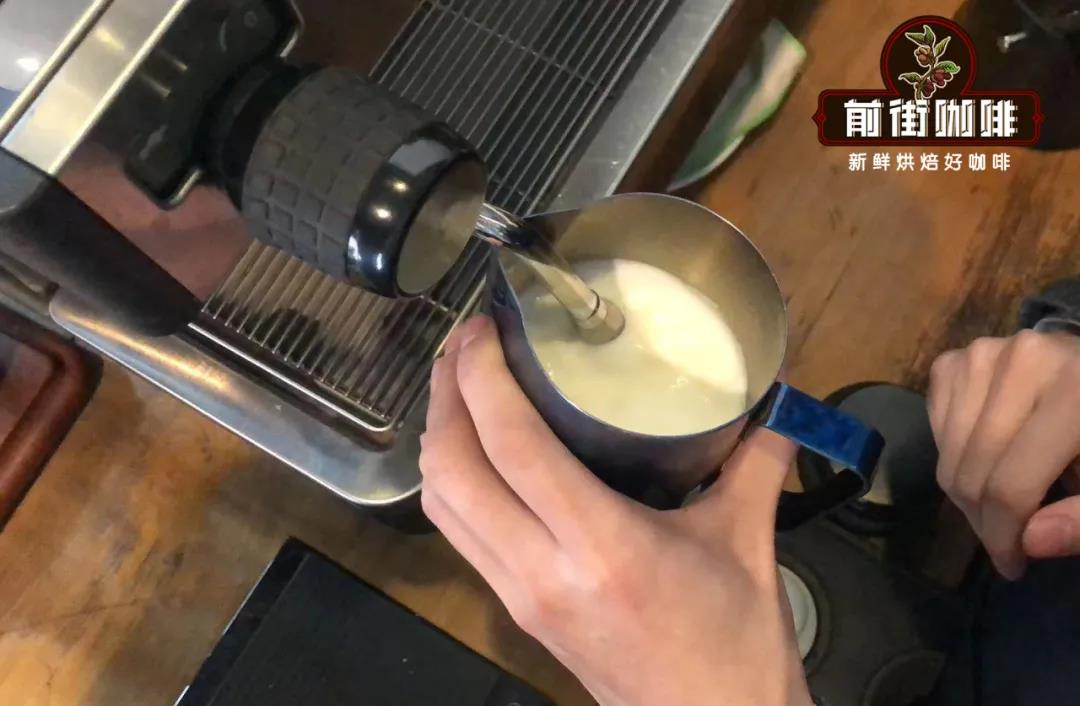
Position of the steam pipe: the most perfect and foolproof steam injection point is when the steam pipe is inserted into the steel cup, the steam pipe is against the small nozzle of the steel cup, and the nozzle points to the center and then slightly deviates the 1cm.
Turn on the steam: when the steam is injected, the ears should listen attentively-there should be the sound of drinking drinks blowing on the straw, and there should be no crisp feeling of bubbles hitting the metal steel cup. The temperature can be turned off when the temperature is 50 / 60 degrees. )
Suggestion on the proportion of hot latte coffee
Qianjie recommends that the ratio of brown milk to latte coffee is 1 260ml 6.5pm 40ml espresso: hot milk. Combine milk and espresso in a circle to get a hot latte. When fresh milk is heated, the sweet molecules of lactose are better released. When mixed with espresso, the whole latte has its own sweet taste of milk and does not steal the limelight of espresso. On the contrary, it can better reflect the flavor of espresso against the background of milk.

Taste and characteristics of Qianjie coffee hot latte: whisky, lactose and coffee acidity collide with milkshake sweetness, with a nutty finish like hazelnuts.
How to make an iced latte?
Milk: full-fat fresh milk
Milk temperature: refrigerate milk
Ice cubes: 1:3 proportion mixed with milk
Milk and coffee consumption: Qianjie recommended 300ml ice milk mixture: 40ml espresso
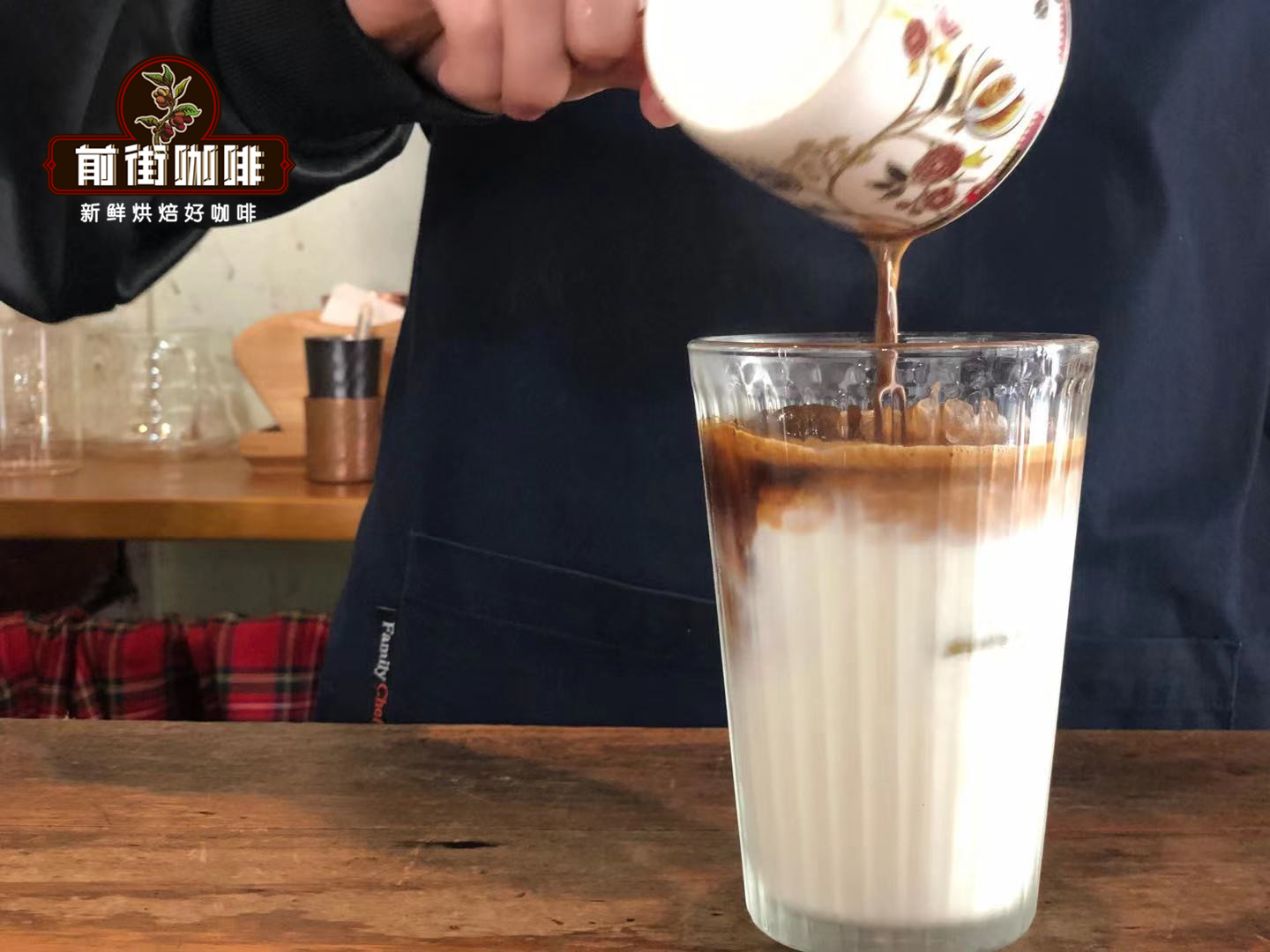
Add ice cubes and fresh milk, the total amount is: 300ml, then extract double espresso, pour cold milk. If you put less ice, remember to put more milk.
Qianjie coffee iced latte taste and characteristics: whisky, and rich nutty aromas, as the ice melts, the overall richness of the coffee will slowly decline.
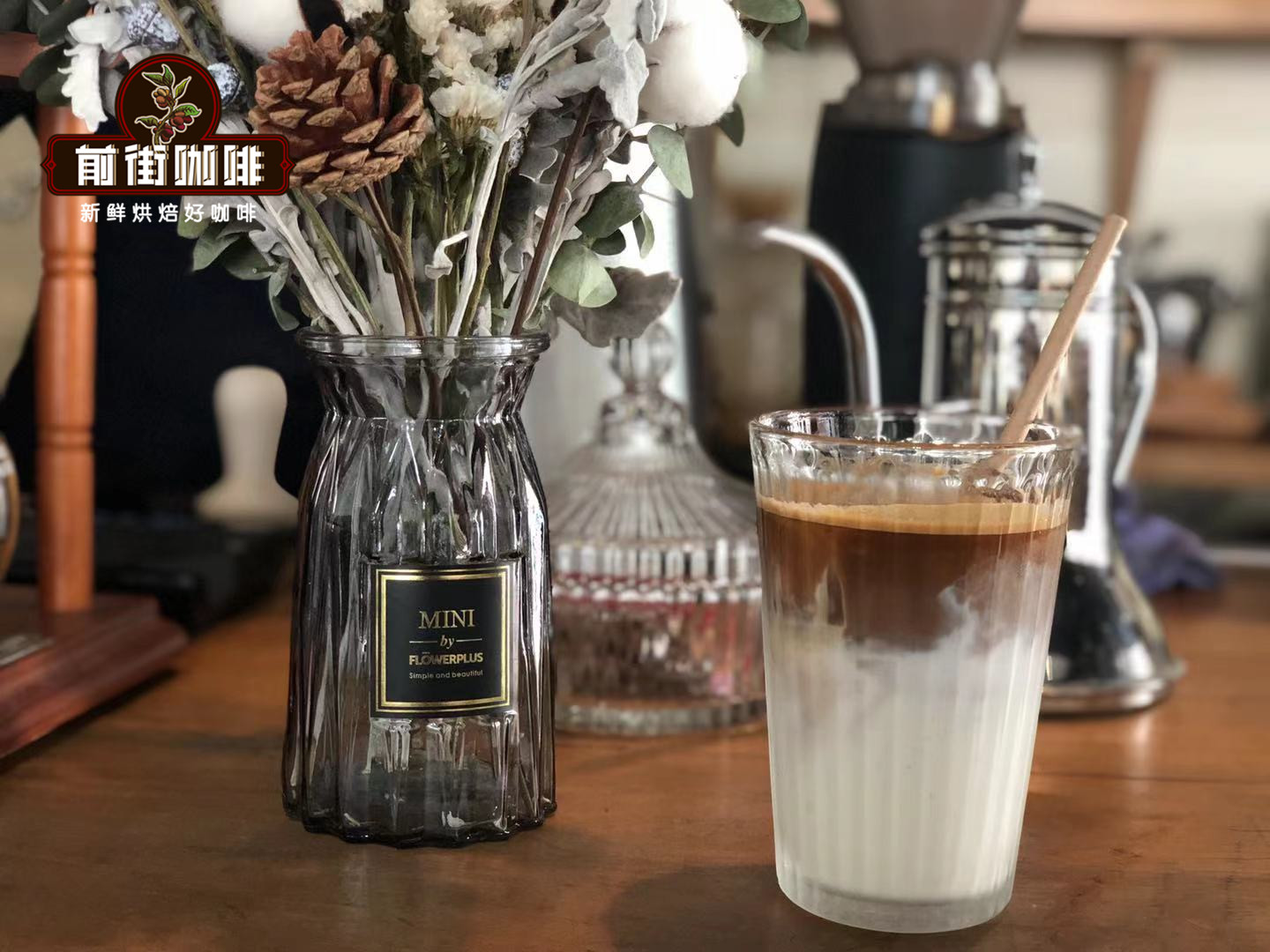
The above is the relevant knowledge and production methods of lattes sorted out by Qianjie Coffee, hoping to help coffee lovers choose Italian coffee beans that suit their taste to make lattes.
For more boutique coffee beans, please add private Qianjie coffee on Wechat. WeChat account: kaixinguoguo0925
Important Notice :
前街咖啡 FrontStreet Coffee has moved to new addredd:
FrontStreet Coffee Address: 315,Donghua East Road,GuangZhou
Tel:020 38364473
- Prev
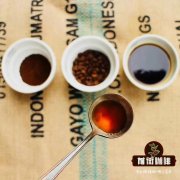
Introduction to the types and characteristics of hand-brewed coffee filter cups
Professional coffee knowledge exchange more coffee bean information Please pay attention to the coffee workshop (official Wechat account cafe_style) there are also many kinds of filter cups used for hand flushing, including single-hole filter cups, three-hole filter cups, and those with a relatively large hole in the middle, and so on. If hot water is injected in the same way, the speed of filtration will be different, so the extraction time will also change.
- Next
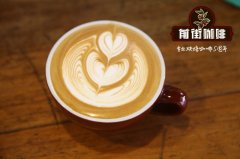
What kind of iced coffee beans do you have? What producing area beans are suitable for making iced coffee?
More information on coffee beans Please follow the coffee workshop (Wechat official account cafe_style) Ice drop Coffee is the first choice for coffee lovers in summer. It is very popular because of its cool ice drop, low acidity, moderate alcohol thickness and refreshing taste. But at the same time, the ice drop also has a disadvantage is that it takes a long time to make, and the quantity is small, so there is a lot of coffee.
Related
- Beginners will see the "Coffee pull flower" guide!
- What is the difference between ice blog purified milk and ordinary milk coffee?
- Why is the Philippines the largest producer of crops in Liberia?
- For coffee extraction, should the fine powder be retained?
- How does extracted espresso fill pressed powder? How much strength does it take to press the powder?
- How to make jasmine cold extract coffee? Is the jasmine + latte good?
- Will this little toy really make the coffee taste better? How does Lily Drip affect coffee extraction?
- Will the action of slapping the filter cup also affect coffee extraction?
- What's the difference between powder-to-water ratio and powder-to-liquid ratio?
- What is the Ethiopian local species? What does it have to do with Heirloom native species?

